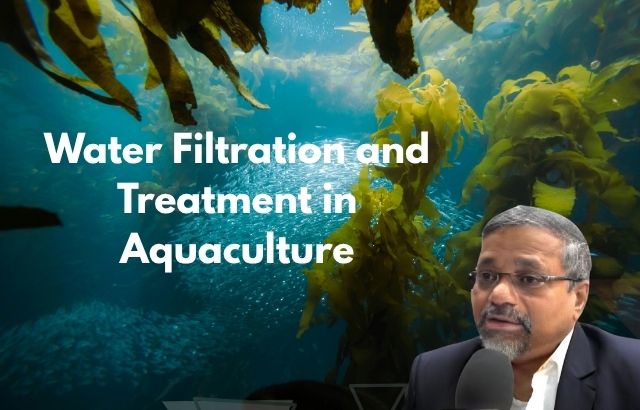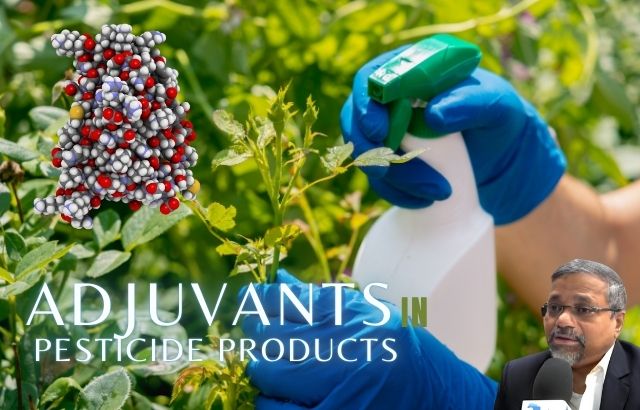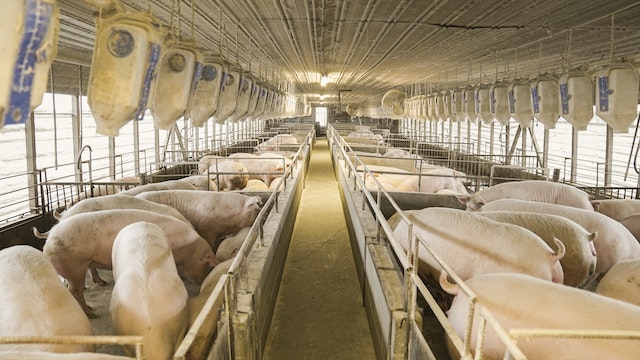Aquaculture has become a cornerstone of global food production, providing a sustainable and efficient way to meet the ever-growing demand for seafood. However, as the industry continues to expand, maintaining water quality in aquaculture systems has become more complex. Poor water quality can lead to unhealthy fish, disease outbreaks, and ultimately, reduced productivity. This is where water filtration and treatment systems play a crucial role.
In this blog, we’ll explore the importance of water filtration in aquaculture, focusing on the development and use of advanced filtration technologies like biofilters and mechanical filters. These systems are essential for creating optimal conditions for farmed species while minimizing environmental impact.
Why Is Water Filtration Crucial in Aquaculture?
In aquaculture, water quality directly influences the health, growth, and survival of aquatic organisms. Fish and other farmed species rely on water for oxygen, nutrients, and waste removal. Poor water quality—caused by excess organic matter, waste, and chemicals—can lead to several problems:
- Oxygen Depletion: High levels of organic waste can deplete dissolved oxygen levels, putting fish at risk of suffocation.
- Toxins and Ammonia: Fish excrement and uneaten feed produce ammonia, a toxic compound that can harm fish if not properly managed.
- Bacterial and Pathogen Build-up: Stagnant or polluted water can harbor harmful bacteria and pathogens, increasing the risk of disease outbreaks.
- Nutrient Imbalance: Excess nutrients, especially nitrogen and phosphorus, can lead to eutrophication, causing harmful algal blooms and oxygen depletion.
To combat these issues, aquaculture systems rely on filtration technologies that help clean and purify water by removing harmful particles, excess nutrients, and pathogens. Two of the most widely used filtration methods in modern aquaculture are mechanical filtration and biological filtration (biofiltration).
1. Mechanical Filtration: Removing Solid Waste
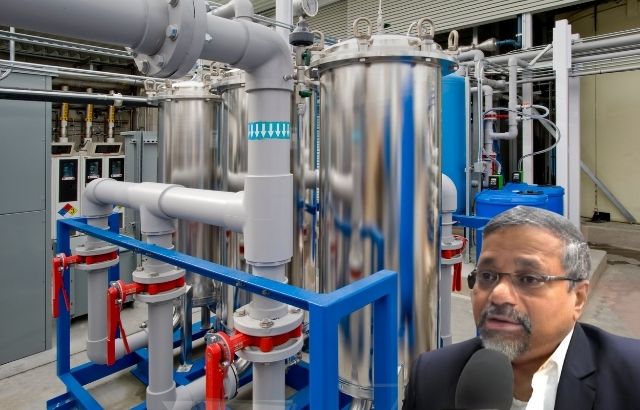
Mechanical filtration is the first line of defense against water pollution in aquaculture. It works by physically removing solid particles from the water, such as uneaten food, fish excrement, and detritus. These particles can contribute to the buildup of organic waste, which, when left unchecked, can degrade water quality.
How Does Mechanical Filtration Work?
Mechanical filters use screening, straining, or trapping methods to capture suspended solids. These filters typically consist of mesh filters, drums, or sedimentation tanks that allow water to flow through while trapping larger particles.
- Screen Filters: Mesh screens are placed in the water flow path to catch solid waste.
- Drum Filters: Rotating cylindrical drums with a fine mesh are used to filter water continuously.
- Settling Tanks: These allow water to sit for a period, during which larger particles settle to the bottom and can be removed.
Mechanical filtration is highly effective at removing particulate matter, but it doesn’t remove dissolved substances like ammonia or nutrients. That’s where biological filtration steps in.
2. Biofiltration: Harnessing the Power of Beneficial Bacteria
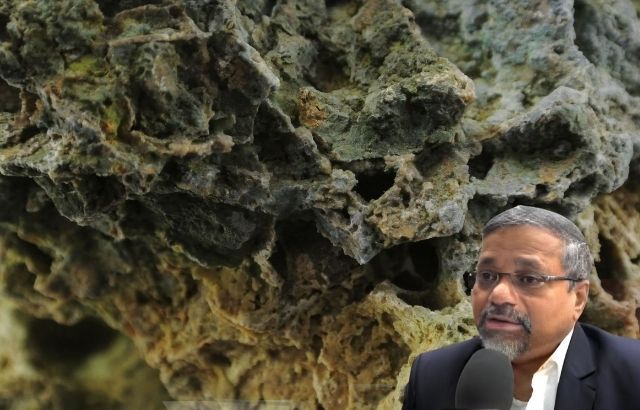
Biofiltration is a biological process that uses living organisms, particularly bacteria, to break down harmful compounds in the water, such as ammonia, nitrites, and other organic waste products. This is an essential component of aquaculture systems, particularly in Recirculating Aquaculture Systems (RAS), where water is reused, and waste must be continually processed.
How Does Biofiltration Work?
Biofilters are typically made of materials like porous rocks, bio-balls, or sponges that provide surface area for bacteria to colonize. These bacteria convert harmful substances into less toxic compounds through a process known as nitrification.
- Ammonia to Nitrite: In the first stage, bacteria called Nitrosomonas convert ammonia (NH₃), which is toxic to fish, into nitrites (NO₂⁻).
- Nitrite to Nitrate: Another group of bacteria, Nitrobacter, converts nitrites into nitrates (NO₃⁻), which are less harmful to fish. However, high concentrations of nitrates can still stress fish and promote algae growth, so regular monitoring is essential.
The key to successful biofiltration is maintaining a balance of beneficial bacteria that thrive in optimal conditions, including temperature, pH, and oxygen levels.
The Role of Advanced Filtration Systems in Modern Aquaculture
As aquaculture moves towards more intensive and sustainable farming practices, advanced filtration systems are becoming increasingly important. With the rise of Recirculating Aquaculture Systems (RAS) and other closed-loop systems, efficient water filtration is vital for maintaining water quality while minimizing the need for constant water changes.
1. Closed-Loop Aquaculture Systems (RAS)
- In systems like RAS, water is continuously recirculated, meaning the same water is used multiple times. This reduces water consumption, but also increases the challenge of maintaining clean water. RAS operations rely heavily on mechanical filters to remove solids and biofilters to manage ammonia and other waste products.
- Advanced denitrification filters (biofilters that remove nitrates) are also being integrated into these systems to further reduce harmful compounds and create a more balanced water environment for farmed species.
2. Energy-Efficient Filters
- As the aquaculture industry focuses on sustainability, there is a growing demand for energy-efficient filtration systems. New developments in filter designs, such as low-energy, high-efficiency mechanical filters and advanced biofiltration materials (e.g., ceramic biofilters, which provide greater surface area for bacterial colonization), help reduce the overall energy costs of aquaculture operations.
3. Modular Filtration Systems
- Many modern aquaculture operations are adopting modular filtration systems that can be customized to meet the specific needs of the farm. These systems allow farmers to scale up or down depending on the size of their operation, ensuring that filtration capacity is always aligned with water volume and fish density.
Innovations in Water Filtration Technology
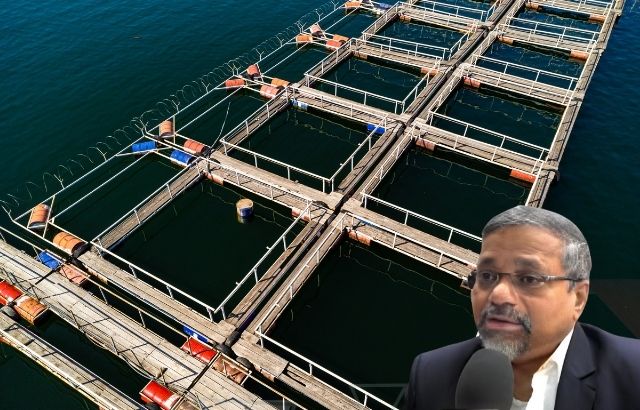
The future of water filtration in aquaculture lies in the development of more advanced, integrated filtration technologies. Some promising innovations include:
1. Membrane Filtration Technology
- Membrane filtration (e.g., ultrafiltration and reverse osmosis) is being explored for removing even the finest suspended particles and dissolved substances from water. These systems have the potential to improve water clarity and reduce disease risks, but they also come with higher initial costs and maintenance requirements.
2. Biological Filtration with Aquatic Plants
- Integrating aquatic plants like duckweed or water hyacinth into biofiltration systems can further enhance nutrient removal, as these plants naturally absorb excess nutrients like nitrogen and phosphorus from the water. This approach mimics nature’s way of maintaining balance in aquatic ecosystems.
3. Smart Filters and IoT Integration
- The use of smart sensors and Internet of Things (IoT) technology is revolutionizing water filtration in aquaculture. Sensors that monitor key parameters like oxygen levels, ammonia, and pH can provide real-time data to adjust filtration systems automatically, ensuring optimal water quality and reducing the need for manual intervention.
Conclusion: The Future of Filtration in Aquaculture
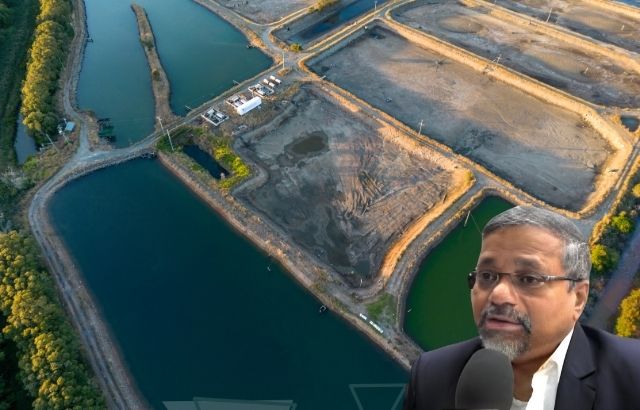
Water filtration and treatment are integral components of sustainable and efficient aquaculture operations. The development of advanced filtration systems—such as mechanical filters for particulate matter and biofilters for nutrient management—helps create optimal conditions for farmed species while minimizing environmental impact.
As the aquaculture industry evolves, innovation in filtration technology will continue to play a vital role in meeting the challenges of water quality management, sustainability, and resource conservation. By investing in advanced filtration systems, aquaculture operations can improve productivity, reduce environmental footprints, and ensure healthier, more resilient aquatic ecosystems for the future.
With ongoing technological advancements and a growing focus on sustainability, the future of aquaculture filtration looks promising, paving the way for cleaner, more efficient farming practices.

